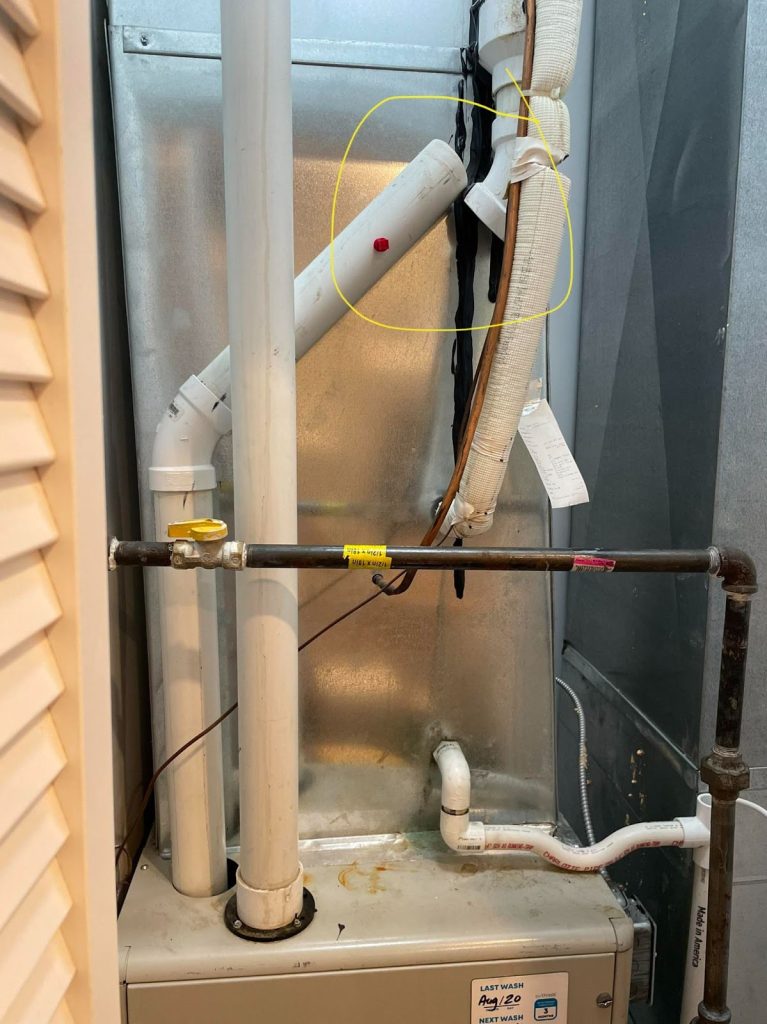Get Tech Tips
Subscribe to free tech tips.
How To Do a Heat Maintenance That Actually Matters

I know I’m not the only one who has sometimes felt a little bad doing heat maintenance. I remember many a day when my lead technician and I (as an apprentice) would crawl into an attic, clean the flame sensor, and then play FarmVille on our phones for 15 minutes before crawling down, giving the homeowner a thumbs-up, and heading to the next call.
I’m joking, but only slightly. Here’s my list of things you can do on heat maintenance calls that actually matter. These tasks will give you information about the safety and reliability of the system. Of course, cleaning the flame sensor and checking the blower capacitor are important, but this list will put you a cut above the rest of the competition.
Examine the Flue Pipe
In my area of North Texas, we have a lot of furnaces in closets. It’s easy to avoid getting up in the attic and checking to make sure the flue pipe is actually connected and terminated correctly. I carry a few pieces of 4-inch B vent 90s, some slip fittings, and size transitions (4 to 5, 4 to 6), as every year, I inevitably run into a flue pipe that is either disconnected or poorly connected. Familiarize yourself with the best practices for running and venting both B vent and PVC flue.

Use a Combustion Analyzer
“If you’re not testing, you’re guessing” is the slogan of the National Comfort Institute (NCI), and with good reason. The only predictable way to know that a furnace is safe to operate is with a combustion analyzer. Think of it as the equivalent of an emissions test for a car. We know how the fuel is supposed to be burning (the right mix of gas and air), so we can look at the exhaust from a controlled combustion and determine if the exhaust matches what a “clean burn” should look like.

Test the High Limit Switch
We want to make sure that the high limit switch (which will shut the unit off if it gets too hot) is actually working. The best way to do this is to block off airflow rather than just disconnect the fan motor. Plus, there are a lot of modern fan motors that will throw error codes if they’re unplugged. I like to use a trash bag to block off airflow; I remove the filter from the system and slide it into the bag. Then, I reinstall the bagged filter back into the unit until the limit switch trips.
Adjust the Gas Pressure
If you’ve ever used a combustion analyzer, you know how important adjusting the gas pressure is. Making sure the gas pressure is set to the range specified on the valve is critical for ensuring safe and efficient combustion. This is the only part of the combustion equation that we have control over, so let’s make sure we get it right!

Checking Heat Rise/Airflow
Ensuring a system has the proper airflow in heat mode is vital. Low airflow is the cause of failed heat exchangers, blower motors, and limit switches. This is pretty easy to check in heat mode, as the airflow equation is much simpler than in cooling mode, where there is latent heat involved. You can do a simple check against the heat rise range located on the data tag for the furnace, or you can go more in-depth with something like the TrueFlow grid. Here’s a great article written a few years ago that dives deeper into this topic.

—Matt Bruner











Comments
To leave a comment, you need to log in.
Log In